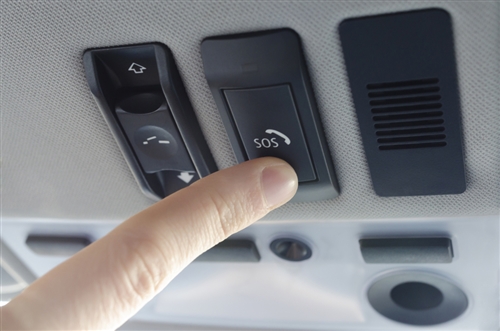SSZTBP4 January 2016 TPS63020-Q1

An automotive-qualified buck-boost converter that’s only rated to 5.5VIN? With a 12-V car battery, you can’t connect the buck-boost to the battery. So who needs such a buck-boost converter? It turns out that sometimes a car has more than one battery, and backup batteries often require a buck-boost converter to provide power for certain electronics. Usually these batteries reside in the infotainment portion of the electronics, especially in emergency call (eCall) systems.
With all of the new electronics being introduced into cars – sometimes through government regulations – everyone should step back and consider if each car subsystem is still functional without the main battery present to power everything. Some systems must be able to function without the car’s tried-and-true 12V lead-acid battery. These systems require their own power source, which is usually a backup battery of their own. Of course, as with any battery, the voltage varies based on everything from the state of charge to the ambient temperature. Varying voltages require power-management considerations.
Additionally, backup batteries need charging. Since the car battery is almost always functional, it is a good power source for this task. Usually, the 12V car battery voltage is stepped down to around 5V and this voltage is given to both the charger and the system operating from the backup battery. If the car battery fails, the subsystem seamlessly switches over to the backup battery and continues operating. A buck-boost converter supports the different voltages of different power sources: backup battery or 5V rail.
The blog post, When to use a (4-switch) buck-boost converter, explains that a four-switch buck-boost converter is a simple and efficient way to properly convert power from an input source that has a varying voltage to a regulated output voltage. The new TPS63020-Q1 is a 4A automotive buck-boost converter that operates from 5V rails as well as single-cell lithium batteries. The high current rating with all internal MOSFETs makes it a very integrated power supply for providing 5V system rails, as well as higher-voltage and higher-power Global System for Mobile Communications (GSM) rails in eCall applications.
In both a 5V system rail and GSM supply application, the output voltage is both higher and lower than the input voltage, depending on which power source is present and the battery’s state of charge.
Check back soon with Behind the Wheel for more details about how to use the TPS63020-Q1 buck-boost converter in an eCall system.
Additional Resources
Learn more about the importance of battery management in an ecall system in this blog post.